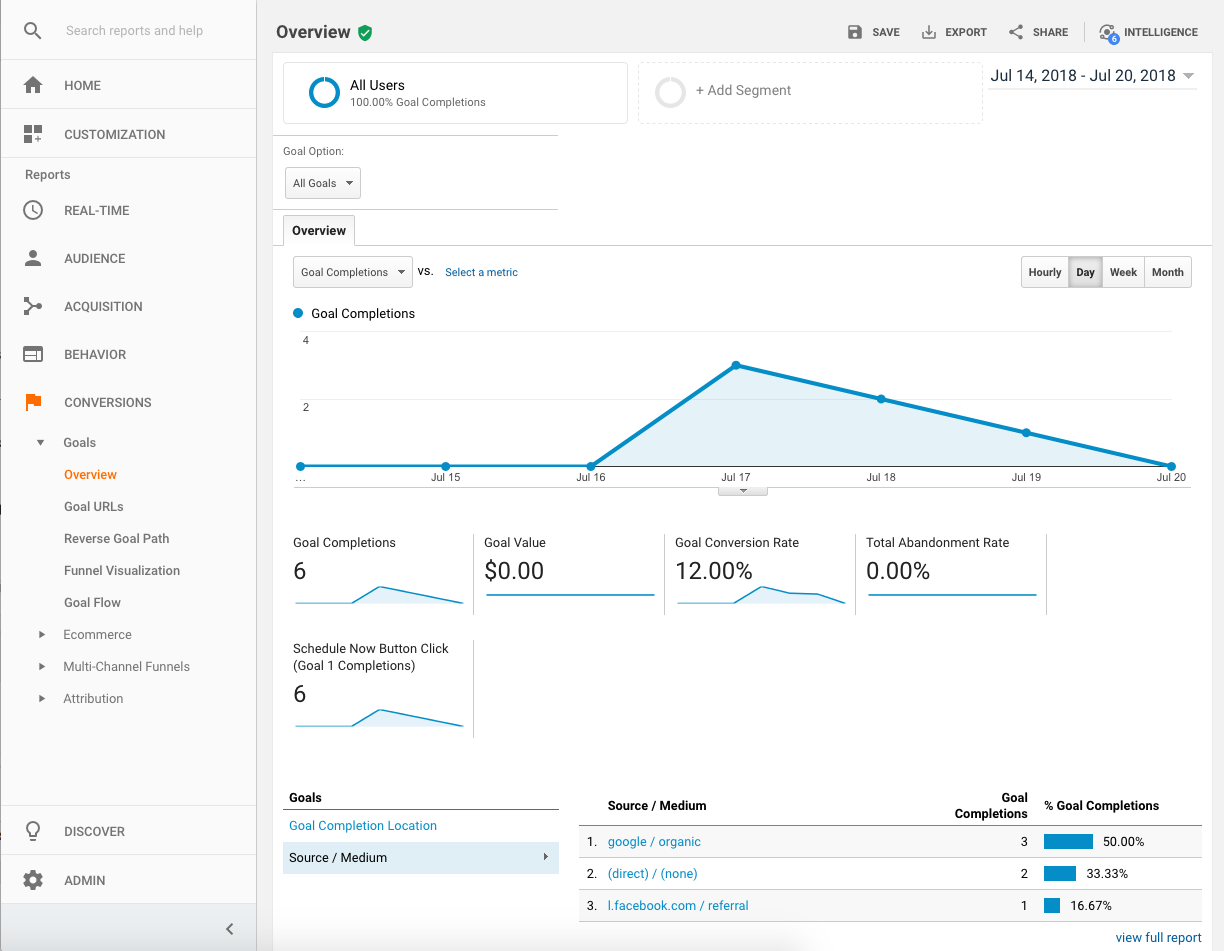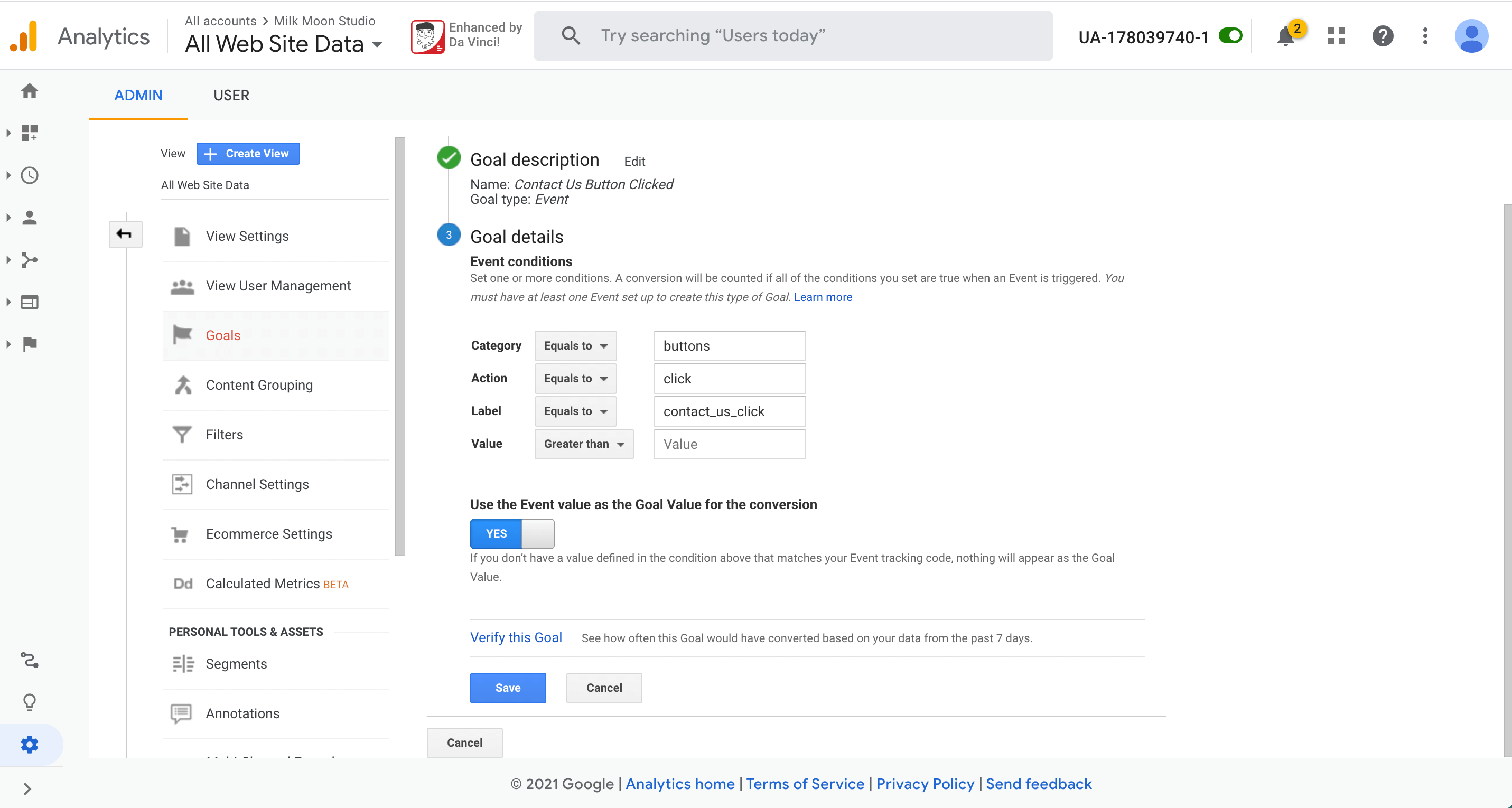What Data Is Google Analytics Goals Unable to Track and Why
Wiki Article
Discover the Limitations of Google Analytics Goals: Revealing the Data Kind That Remain Untrackable
As companies increasingly count on data-driven decision-making, comprehending the limitations of tools like Google Analytics ends up being extremely important. While Google Analytics Goals deal important understandings right into customer communications, there exist data types that elude monitoring, posturing difficulties to an extensive understanding of individual habits.Incomplete User Journey Tracking
Incomplete user journey tracking within Google Analytics can hinder the ability to accurately analyze individual actions. When the individual trip is not completely tracked, there are gaps in the information that avoid a comprehensive understanding of just how individuals connect with a web site. This lack of insight can lead to missed out on possibilities for optimization and renovations to the user experience.One typical problem with incomplete user journey monitoring is the failure to see the full path that customers take previously finishing an objective or leaving the site. Without this info, it is testing to determine where users might be running into challenges or friction factors that avoid them from converting. In addition, insufficient monitoring can obscure the influence of certain advertising and marketing efforts or web site changes on individual actions.
To address this restriction, it is important to establish proper monitoring mechanisms within Google Analytics to record the entire customer trip. This may involve establishing occasion monitoring, objective funnels, or utilizing tools like Google Tag Manager to guarantee that no vital communications go unrecorded. By getting a detailed view of the user trip, web site proprietors can make more educated choices to improve customer involvement and drive conversions.
Acknowledgment Obstacles
Browsing with acknowledgment challenges in Google Analytics needs a complete understanding of exactly how various touchpoints contribute to the general conversion procedure. Attribution obstacles arise from the intricacy of modern-day customer journeys, where users engage with numerous channels prior to converting. Google Analytics supplies numerous attribution models like initial touch, last touch, and linear, each providing a various perspective on just how debt is assigned to touchpoints along the conversion path. These designs may not always precisely show the real influence of each touchpoint on the conversion.One usual attribution obstacle is the difficulty in attributing conversions to the appropriate source, particularly in instances where users connect with numerous networks prior to converting. Furthermore, cross-device monitoring poses one more acknowledgment obstacle, as customers often change between devices during their trip, making it testing to track their interactions seamlessly.
Offline Conversions
Provided the difficulties connected with connecting conversions properly in online networks, the dimension of offline conversions offers a considerable possibility for marketers looking for a much more detailed understanding of their clients' journey. Offline conversions describe actions that clients take in the real world, such as making acquisitions in brick-and-mortar stores or over the phone, going to occasions, or involving with printed materials - what data is google analytics goals unable to track. These conversions are vital for organizations that run both online and offline, as they offer important understandings right into the effectiveness of advertising projects across various touchpointsa fantastic read Tracking offline conversions commonly posed a substantial challenge for marketing professionals, as it was challenging to connect these actions back to details on-line communications properly. However, with innovations in modern technology, such as the assimilation of CRM systems, distinct identifiers, and coupon codes, businesses can now bridge the gap in between online and offline information to acquire a much more alternative view of client habits. By efficiently determining offline conversions, marketing professionals can optimize their techniques, allocate resources extra effectively, and eventually boost the total client experience.
Cross-Device Monitoring
Cross-device tracking plays an important role in understanding the interconnected nature of customers' electronic communications across numerous devices. In today's omnichannel world, where individuals seamlessly switch in between mobile phones, tablet computers, and desktop computers, tracking their behavior throughout these gadgets is necessary for online marketers to obtain an extensive sight of their customer trip.
Additionally, personal privacy concerns and regulations such as GDPR and CCPA have even more challenging cross-device tracking. With users demanding even more control over their information and boosted constraints on monitoring innovations, marketing experts should discover ingenious and privacy-compliant methods to link individual interactions throughout tools.
Dynamic Web Content Interaction
Understanding user involvement with vibrant web content is essential in enhancing digital marketing approaches for boosted target market communication. Dynamic material refers to site aspects that change based upon individual behavior, choices, or other elements, using a personalized experience. However, tracking user communications with dynamic web content postures difficulties for traditional analytics tools like Google Analytics.While Google Analytics can track standard interactions like clicks and page sights, it may struggle to catch even more nuanced engagements within dynamic content. what data is google analytics goals unable to track. Metrics such as time invested in certain vibrant components, hover activities, or interactions within pop-ups are typically not look at this web-site conveniently measurable utilizing typical tracking approaches. This limitation prevents marketing experts' ability to totally understand just how users are engaging with vibrant web content and customize their strategies appropriately

Verdict
Finally, Google Analytics goals have restrictions in tracking incomplete individual journeys, connecting conversions properly, recording offline conversions, tracking cross-device interactions, and measuring dynamic content interaction. These restraints highlight the importance of discovering added monitoring approaches and tools to acquire a much more extensive important site understanding of customer behavior and conversions past what Google Analytics can give.While Google Analytics Goals deal beneficial understandings into user interactions, there exist data kinds that thwart tracking, presenting challenges to a comprehensive understanding of individual habits.Incomplete user journey monitoring within Google Analytics can impede the ability to accurately evaluate customer actions. When the individual journey is not totally tracked, there are voids in the data that prevent a comprehensive understanding of just how individuals interact with an internet site.One typical problem with incomplete user trip tracking is the lack of ability to see the complete path that individuals take before finishing an objective or leaving the site. By getting an extensive sight of the individual trip, web site owners can make even more informed choices to enhance individual engagement and drive conversions.
Report this wiki page